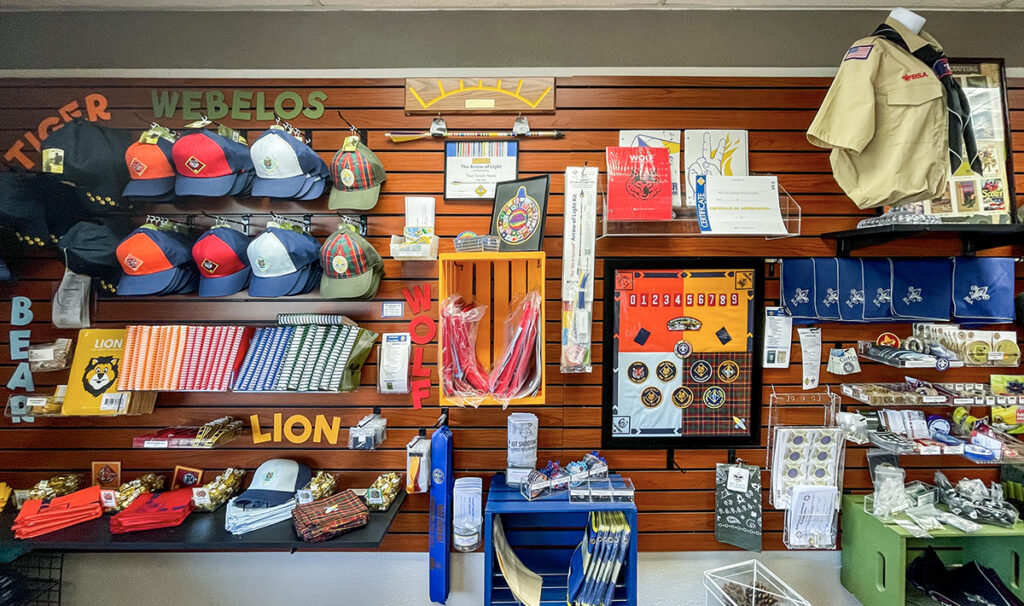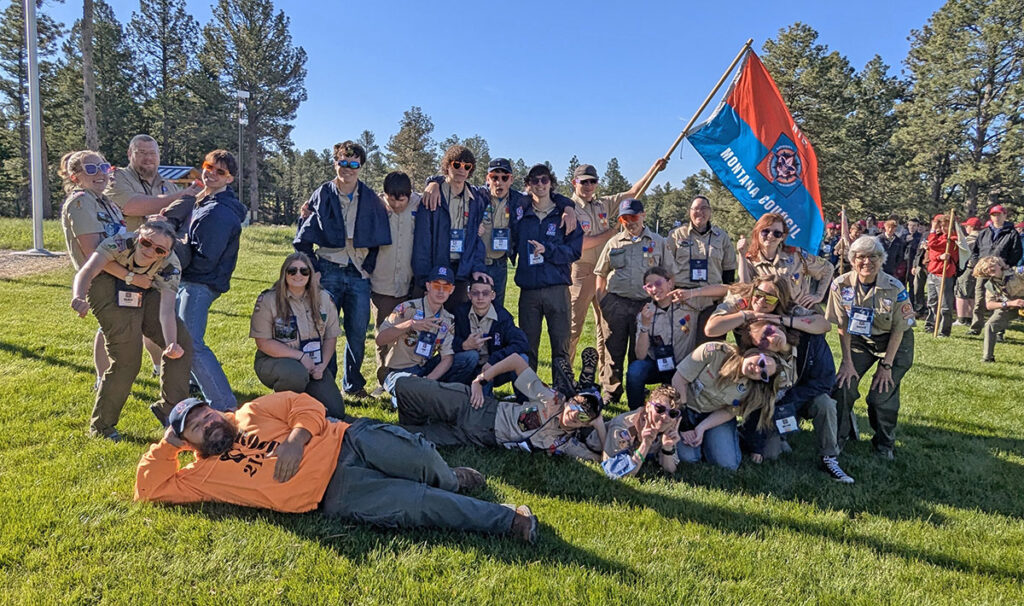The BSA’s commitment to safety is continuous and unwavering. Although few youth organizations encompass the breadth, volume, and diversity of physical activity common to Scouting, our safety record is second to none because of our steadfast commitment to safety.
Fall is an excellent time to remember the importance of deer-vehicle collision awareness. Unfortunately, collisions with large wildlife are especially common this time of year, ranking Montana as number two in the country for wildlife-vihicle accidents.
I was spurred to think about this by a recent article in the Missoulian:
”The Montana-specific analysis found that over 13 years (2008-2020) there were a total of 29,644 reported collisions with large wildlife, for an average of 2,574 collisions each year.
That equates to $212,511,197 in damages each year from wildlife-vehicle collisions, which (Kylie) Paul said is a minimum number due to underreporting of crashes.”
Missoulian Article: ‘Valuable and feasible’: Montana Researchers publish wildlife crossings study for western US: Sept. 14, 2023
The article specifically reports on a recent wildlife crossing study, but it represents the larger scope of the possibility of a collision with wildlife on our roadways.
So what can we do to mitigate risk? Tips from the Insurance Information Institute, the Association of Fish & Wildlife Agencies, and the Insurance Institute for Highway Safety on how to reduce colliding with an animal on the roadway include the following:
- Always wear your seatbelt. Seatbelts are proven to save lives in a crash.
- Drive with extra caution when traveling through animal-crossing zones, in areas known to have a large wildlife population and in areas where roads divide agricultural fields from forestland.
- Travel at a speed that will allow you to stop in time if a deer comes into the beam cast by your headlights. Give the animal time and room to move off the road – don’t try to outrun it.
- When driving at night, use high-beam headlights when there is no oncoming traffic. The high beams will better illuminate the eyes of any deer on or near the roadway. If you encounter a deer or other animal, switch your headlights to low beam so the animals are not blinded and will move out of your way.
- Be especially attentive from sunset to midnight and shortly before or after sunrise. These are the highest-risk times for collisions when animals are on the move and driver visibility is affected.
- Avoid swerving when you see an animal. Brake firmly when you notice an animal in or near your path, but stay in your lane. Many serious crashes occur when drivers swerve to avoid a deer and hit another vehicle or lose control of their cars.
And, of course, a Scout is always prepared. Wishing you all safe travels this fall and throughout the year.
Yours in Scouting,
Greg Beach
Former Montana Council Board President




